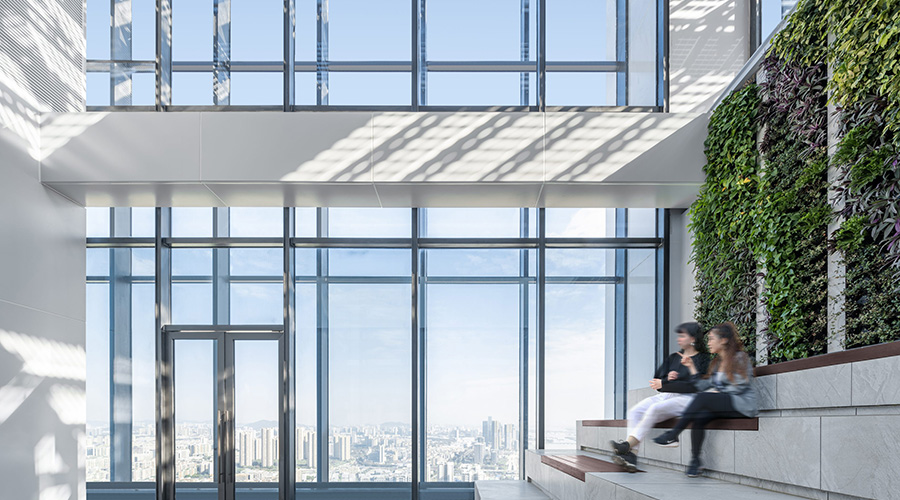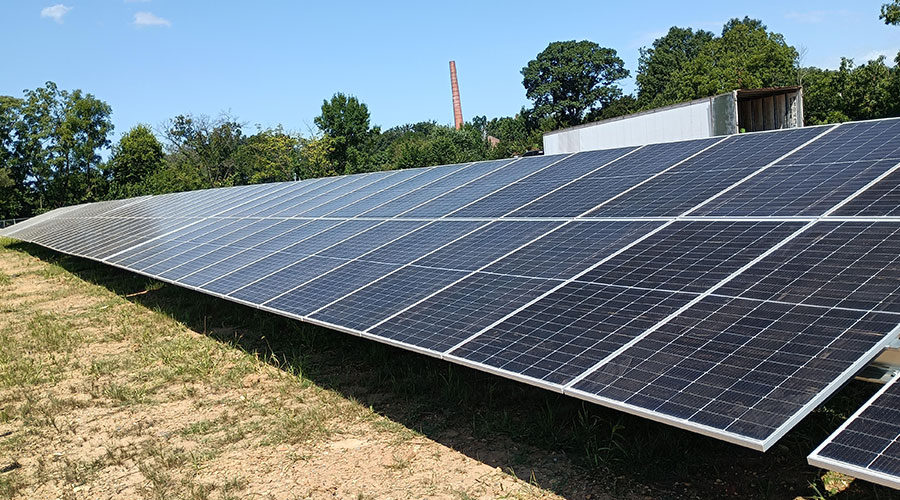A Big Score For Ernst & Young Plaza
When it came time for a major renovation for Ernst & Young Plaza in downtown Los Angeles, pursuing LEED for Existing Buildings: Operations and Maintenance was never in question.
What was under discussion was just how hard to push to get a high LEED score and just what level of certification to attain. After all, as with any project, there are always cost concerns when it comes to green certifications. Ultimately, the project pursued efficient operations to the point that the building was awarded LEED-EBOM Platinum certification in July. The overall score of 90 was the eighth highest in the world and second-best ever given in the United States. The building's Energy Star score has increased from 83 in 2010 to 94 today.
The difference in cost between such a high score and a lower one isn't just a sunk cost that will never be repaid, says Luis Hernandez, chief engineer, Brookfield Office Properties, which manages the 1.2 million square foot property.
"One thing we learned from this project is we're getting a return on our investment because we can offset a lot of the expense to get LEED Platinum by utility savings," he says. To do so, he and his team focused tightly on the energy management and building automation systems. By pushing those systems to wring every last bit of efficiency out of building systems, they were able to pursue some of the more elusive points.
"If you have those two tools in your building, there's much you can do if you have a talented staff and if you have a talented support team," says Kevin Devine, director, engineering, Western Region, Brookfield Office Properties. He specifically points to being able to meter building loads from a whole-building perspective all the way down to plug loads.
The key, says Hernandez, is just how much BAS/EMS systems can do.
"The systems are there," he says, "we just need to make them smarter. There's a lot of programming that goes into a system to really make it intelligent."
One lesson learned is that going for the big project or extra points can pay off, says Sara Hickman of Leading Edge Consulting Services, who guided the project through the LEED process.
"We added several (projects) at the tail end because we wanted to get (the USGBC score) up there to 90," she says. For example, "we weren't looking at commissioning in the very beginning, but we tackled it. It was an interesting process, but it's been a very successful one."
— Casey Laughman, managing editor
|














